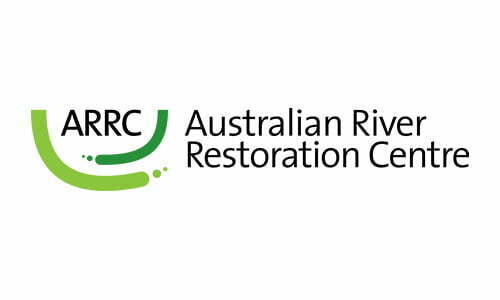What is hawthorn?
The common hawthorn shrub (Crataegus monogyna) is a long-lived, evergreen species that grows along Australia’s south-east coast. Its distribution is shown by blue dots in the map. From Adelaide to Brisbane, this plant can thrive in diverse climates and soils, although it prefers humid and sub-humid regions where annual rainfall exceeds 600mm. It is this incredible adaptability that has allowed hawthorn to take over so many properties. You may have seen it acting as a fencing alternative around paddocks or along waterways, or even as ornamental vegetation in gardens. Its dense network of branches and sharp thorns make it an excellent contender for fencing, and this is why it was brough to Australia from Western Europe and the Mediterranean with early English settlers. Since then, this versatile shrub has rooted itself (literally and figuratively!) in the Australian landscape.
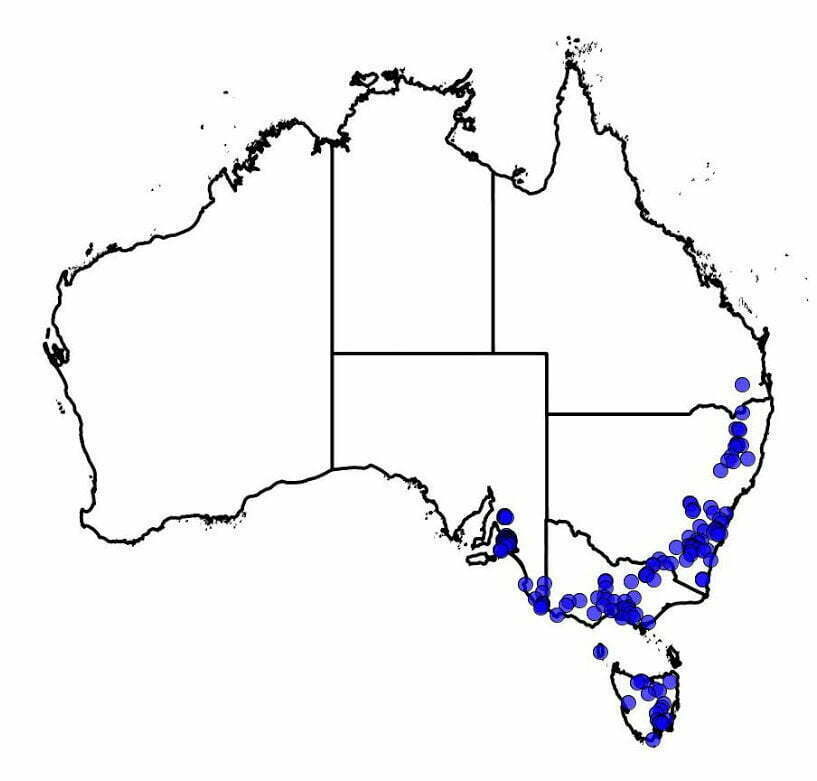
Identifying hawthorn plants
Despite being labelled a shrub, hawthorn can look like a tree when fully grown. It can reach up to 7m in height and 4m in width. They have recognisable flowers (white, cream or pink depending on subspecies) and bright red berries that hang off branches with long thorns. These sharp thorns can grow up to 25mm in length!
This article has been writtent to help find out how to identify and manage hawthorn while prioritising your safety, as well as learning about the native plants it is displacing.

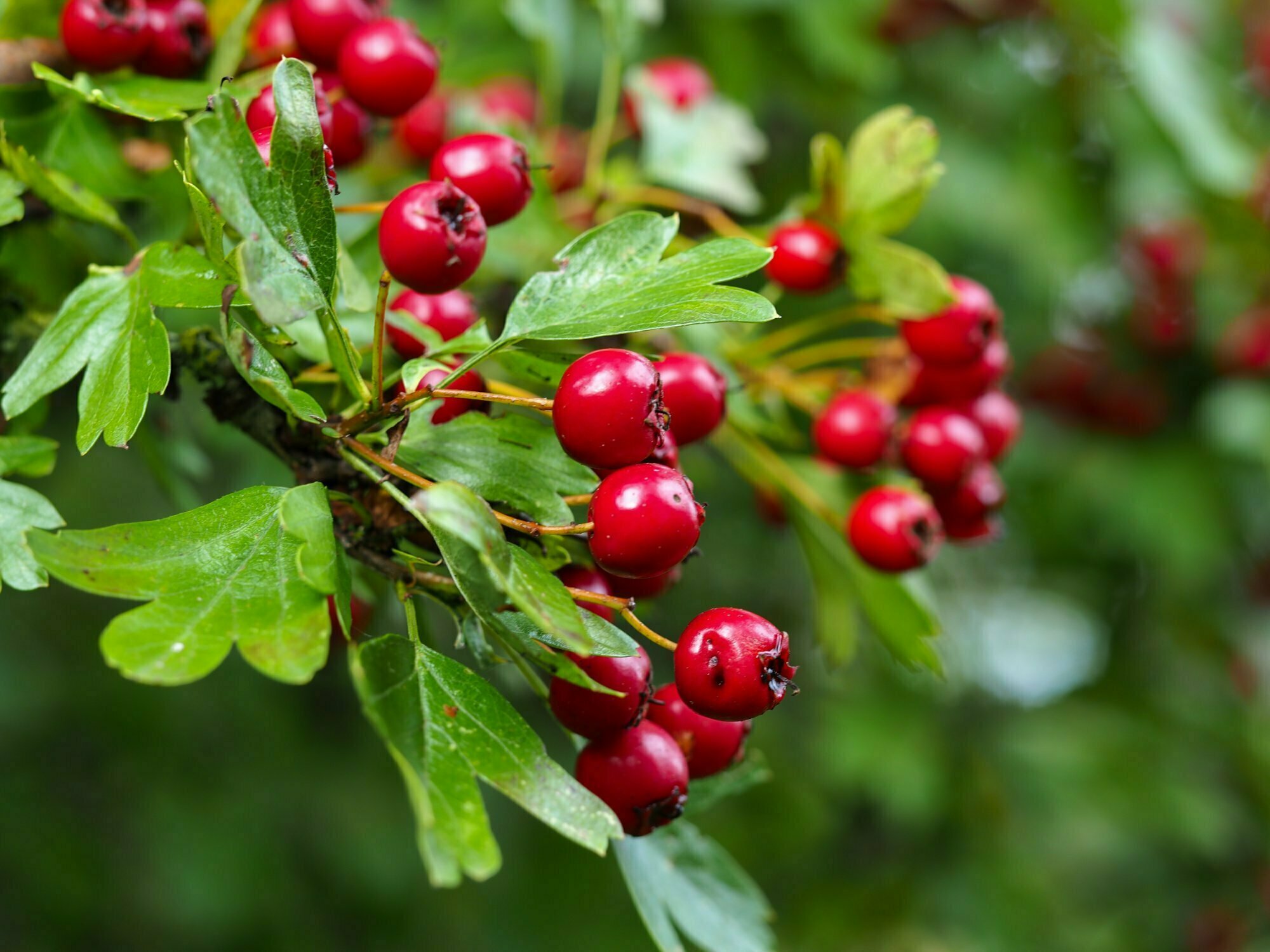
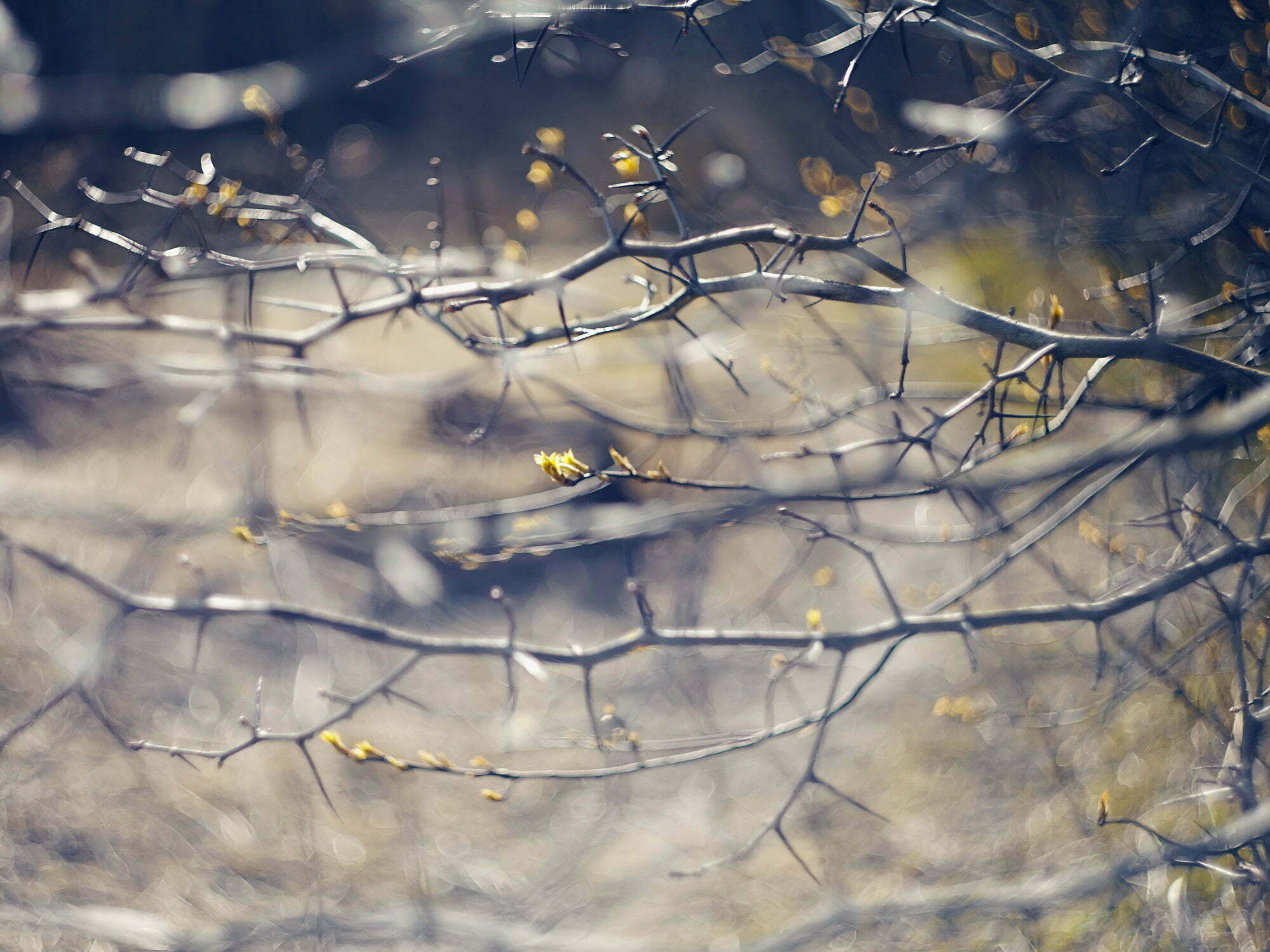
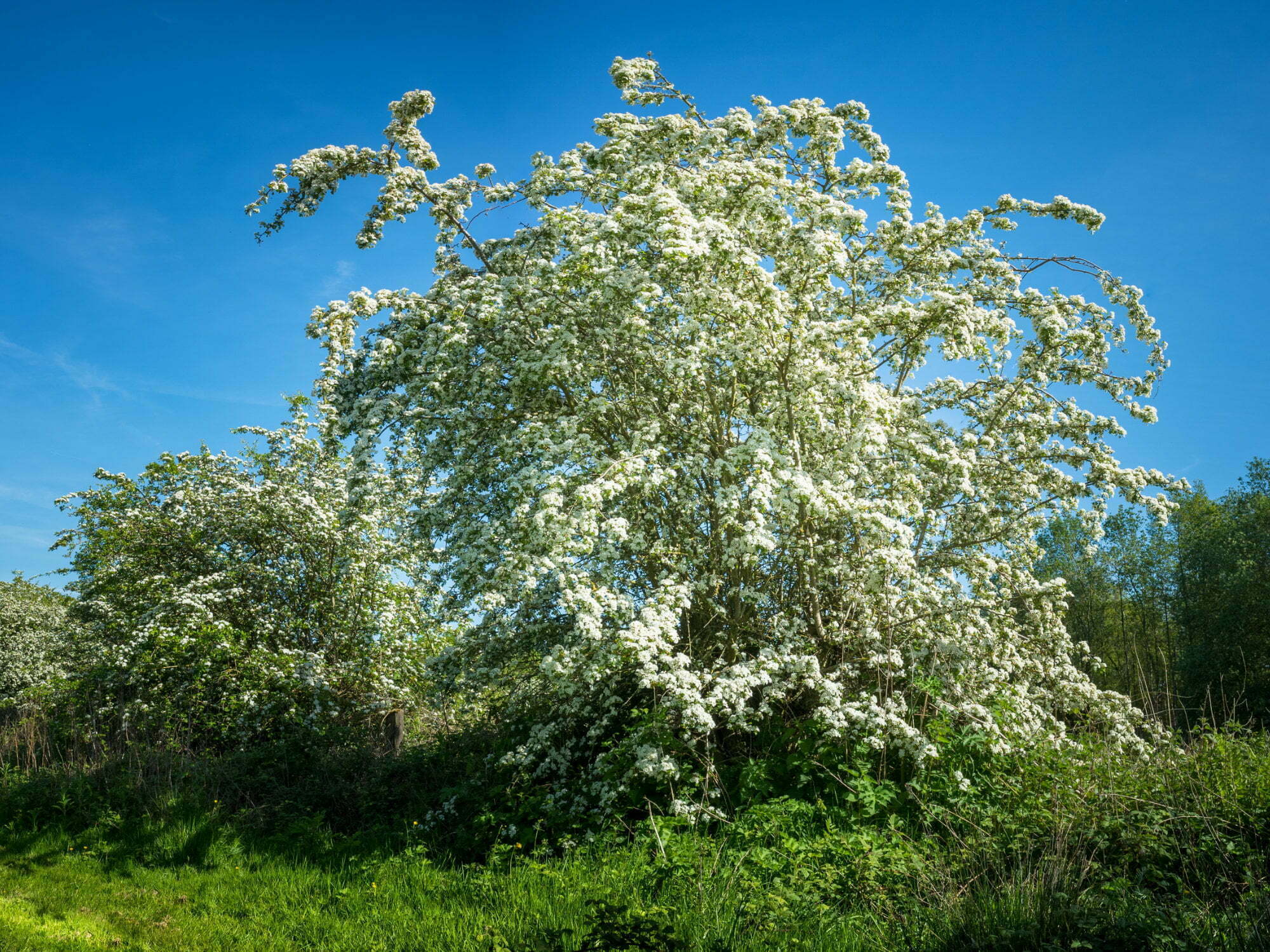
Quick Spreaders!
Hawthorn plants have evolved to effectively spread their seeds via local wildlife. Birds that nest in the branches, and mammals (including foxes, possums and wallaroos) that wander through seeking protection, love the taste of hawthorn berries. By consuming these shrubby fruits, moving around the nearby landscape and excreting them, seeds are sprinkled far beyond the parent tree. These sneaky plants can also use us for transport! Humans and machinery that move through hawthorn infested areas can carry the seeds on clothing, footwear and farm equipment. According to Landscape South Australia, a single shrub can produce up to 2000 seeds!
Impact on Riparian Areas & Properties
Hawthorn was declared a noxious weed under the National Resources Management Act (2004) because of its impacts on the diversity of native ecosystems, especially riparian areas. While they provide a level of habitat for a small number of species, monocultures of hawthorn do not provide habitat for the diverse suite of species found in comparable natural systems. Seedlings can easily get established in fenced-off areas along riparian corridors and thrive in the deeper soils and higher moisture these areas provide. They often become dominant where clearing and grazing have reduced the resilience of the system. Once grown, hawthorn suppresses the growth of ground-level (understorey) vegetation with its dense, spiny thickets. This provides a haven for smaller invasive pests, such as rabbits, brown apple moths and cherry slugs, reducing native biodiversity along waterways and leaving larger native species without adequate habitat. Whilst hawthorn also provides cover for small birds and native mammals, native vegetation offers more value, as the hawthorn is so successful that it can form a monoculture, smothering plant diversity and reducing biodiversity. This is particularly problematic in naturally treeless wetlands and swampy meadows where ecosystems are reliant on a diversity of groundcover plants to thrive. This is why we encourage people to manage hawthorn along waterways.
Unmanaged hawthorn plants also negatively impact land where domestic stock are grazed. Due to quick spreading techniques, hawthorn stands can easily spread far beyond intended planted zones into native grasslands, woodlands, forested areas and pastures. Thickets disrupt the grazing capacity of stock as the plants are dense and the prickly thorns make them uncomfortable to be around. If picked up on fur, stock can be responsible for further transport of seeds into unintended areas.
The video below features one of our Rivers of Carbon Program Officers, Ian Rayner from Greening Australia talking about hawthorn and why we encourage landowners to control this invasive weed.
The following sections will provide you with some tips on how to manage invasive hawthorn. As always, planning revegetation work on your property needs to consider the landscape as a whole, with the greater landscape values and functions in mind. Any vegetation ground work needing to be staged around the conservation of biodiversity, canopy, understorey and groundcover.
We recommend getting some local expertise so that you can adapt and modify these recommendations according to your site and situation. This is a very important step, because in areas where hawthorn is well-established, management needs to be strategic and well-planned. Removing dense infestations of hawthorn where there is no other vegetation to replace them is not recommended. In this situation, a strategy needs to be developed which prioritises containment and the reduction of the infestation over time. In the case of a few plants, these should be controlled as a high priority to prevent further spread. Local councils, Local Land Services, landcare groups, and catchment management organisations are a great source of information.
Success story: Angus Gibson’s Burrungoroolong property
Angus Gibson and his family have been the custodians of this property since the late 1920’s. It’s history, beauty and biodiversity drive their commitment for land restoration and sustainable agriculture. In the late 1990s, large infestations of hawthorn buried the riparian landscape. Angus, alongside his 10 year plan for river restoration, had a vision for his riparian corridors to be healthy once again. Through fencing, revegetation, and hawthorn removal, water and quality have improved for humans and stock alike. Angus has become a Rivers of Carbon champion farmer through successful land management. The image below visualises the immense difference responsible land management can make on river ecosystems.
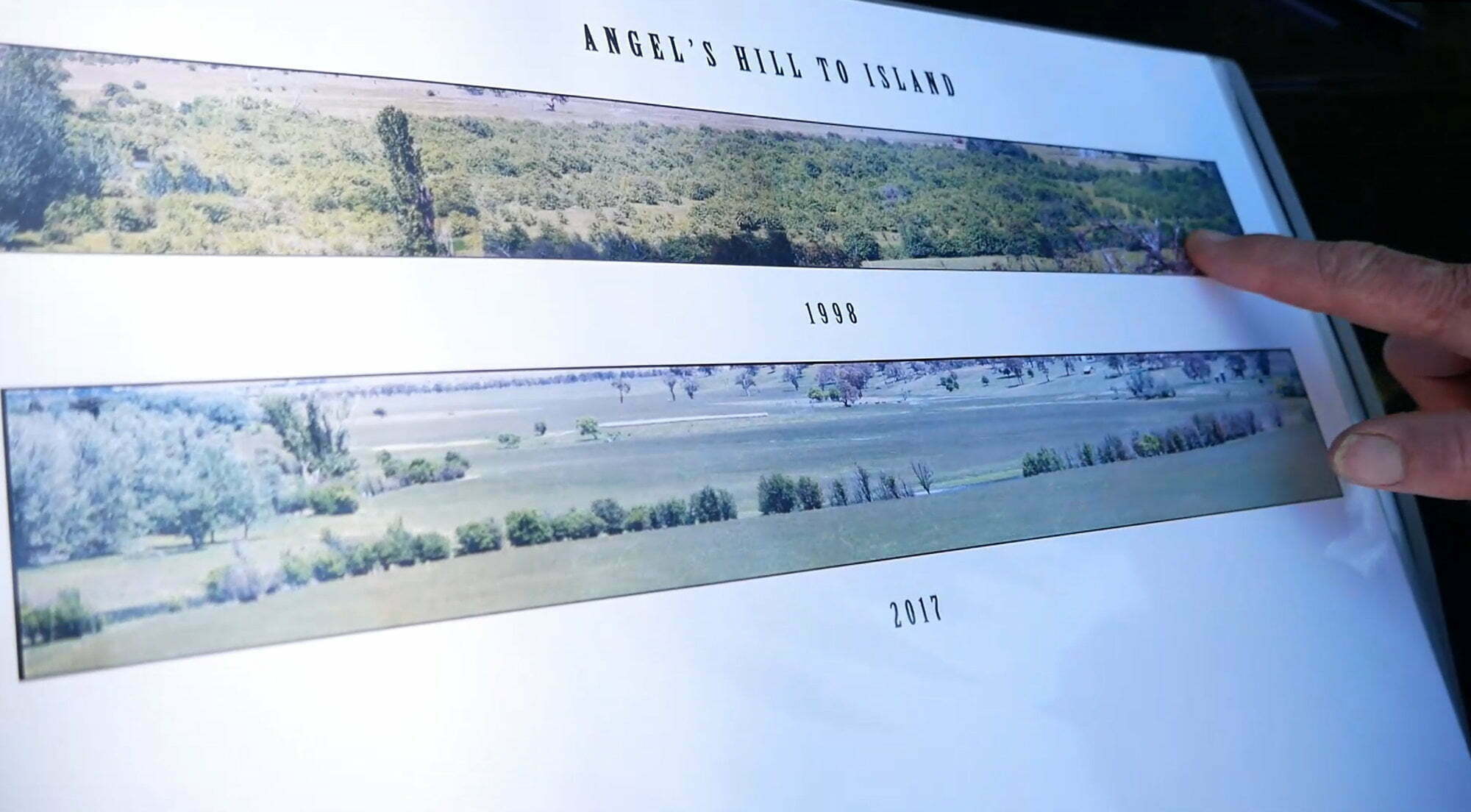
Controlling Hawthorn
There are three main control strategies for invasive hawthorn populations. Remember that any habitat that is lost by hawthorn should be replaced by other native plants to maintain biodiversity.
1) Plant alternatives
The best way to ensure that hawthorn doesn’t grow and spread on your property is to avoid planting them in the first place! Rivers of Carbon, Australian Native Plants Society and The Understorey Network all offer excellent advice on alternative species that can replace hawthorn (e.g. Kurrajong, Wattle, River Bottlebrush, River Tea-Tree). It’s especially important to choose alternative native plants that offer dense habitat or other resources such as food sources to native species, don’t easily spread and can still act as windbreaks and natural fencing for paddocks. Naturally treeless intact swampy meadow and wetland areas generally require no additional intervention as they tend to regenerate by themselves.
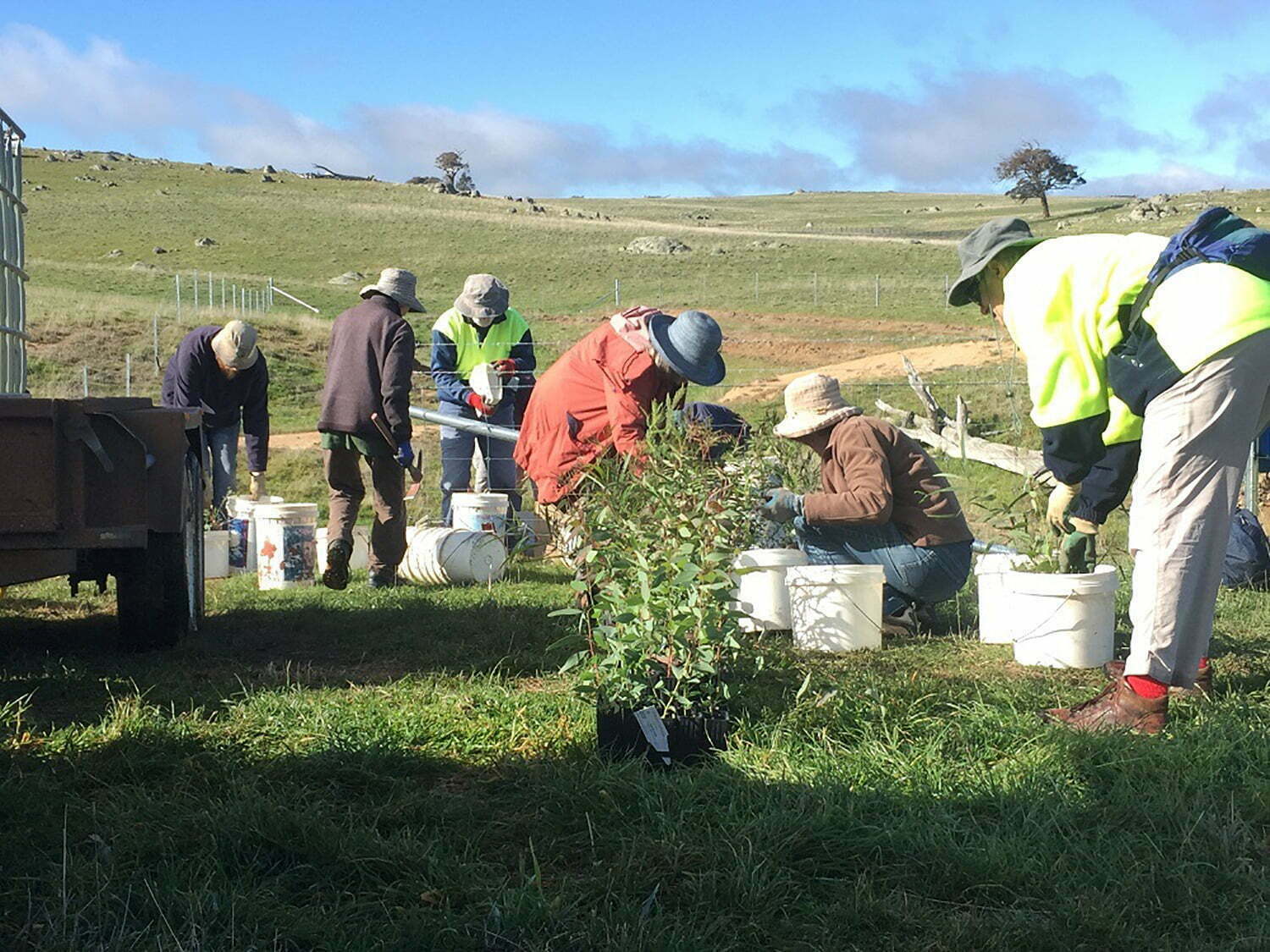
2) Grubbing
Grubbing involves removing seedlings and small bushes using a spade or mattock. At this age, hawthorn plants have limited root systems and are easily pulled from soils. Grubbing of this species is best done year round to ensure maximum success. Unfortunately, while this technique is effective in preventing new seedlings from taking root, it has no effect on mature shrubs. Pulling out fully grown hawthorns is expensive and arduous, so it is best to combat existing plants with Step #3.
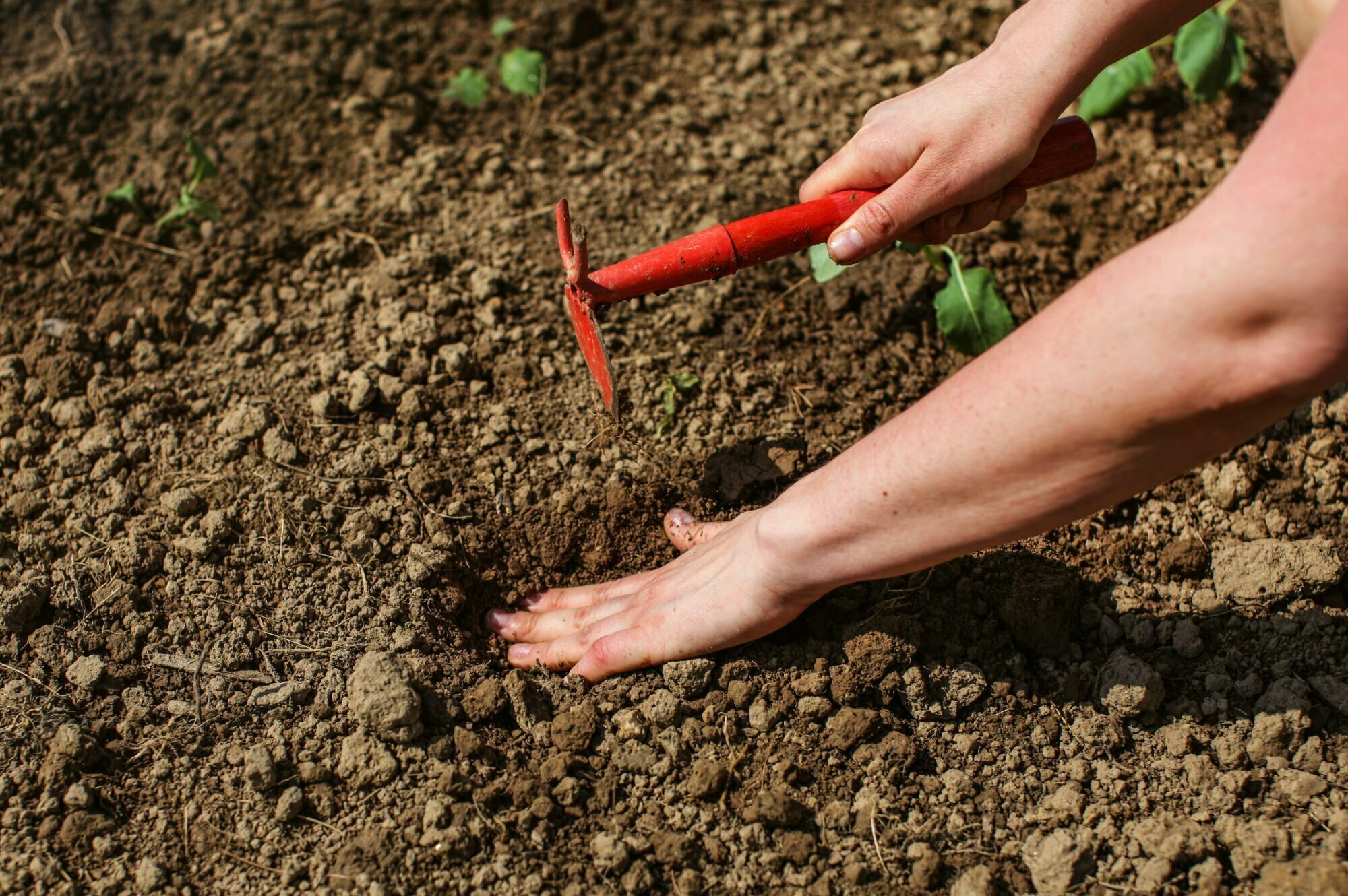
3) Herbicides
Herbicides are chemical substances used to control unwanted or noxious weeds such as hawthorn. They often require the least amount of labour and incur the best result. Herbicides are a more targeted pathway to rid your property of hawthorn, and when applied carefully can protect nearby native flora and fauna. It is really important to do your research prior to using any chemical near a waterway.
Most herbicides are not registered for use in and near waterways as they are extremely sensitive areas. The safest approach is to complete a chemical use and handling course, as well as checking in with your local council biosecurity officers and / or Local Land Services about the approaches they recommend. See the NSW Weed Control Handbook for more information.
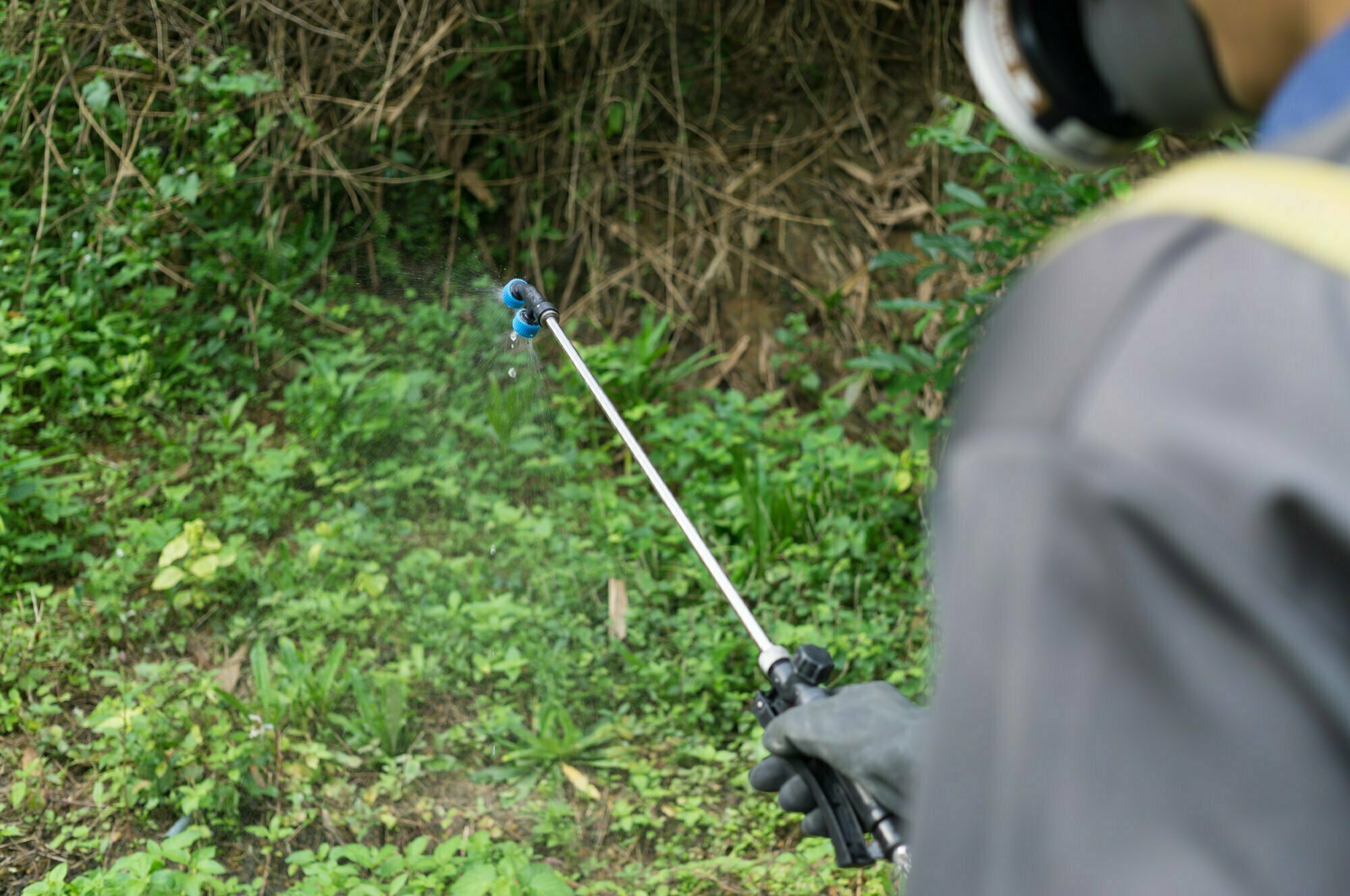
For hawthorn, it is best to apply herbicides from summer to autumn, and leave the plants alone over winter while they’re dormant. There are three main herbicide application techniques:
- Overspray: Spray on actively growing hawthorn shrubs (preferably right after they flower). Overspray is preferable for large establihed plants that may be providing a level of habitat cover for wildlife. The dead plants can be left in situ to maintain vegetation structure. As mentioned above, advice should be sought for large infestations to develop an integrated control strategy.
- Cut and paint: Cut the shrub as low to the ground as possible (revealing the sapwood) and saturate the stump immediately to ensure peak absorption. If leafy sprouts begin to grow, repeat the same procedure again until they do not grow anymore, at this point the plant is dead.
- Stem injection and frilling: these techniques appropriate for larger woody weeks like hawthorn. The technique involves drilling a series of holes at 45 degrees just below the bark and filling them with herbicide. This introduces the herbicide into the plant’s vascular system and is highly effective. If completed correctly, the dead hawthorn can stay in place while native plants have a chance to grow up.
When to control hawthorn
Total eradication of hawthorn is not always necessary. While hawthorn invasion is a symptom of human intervention in the landscape, it can be an important habitat for vulnerable species, such as Gang-gang cockatoos. Removal should not be conducted without consideration for the surrounding ecosystems. Any removal of large infestations requires integrated strategic removal plans, discussed in partnership with relevant landcare groups and councils.
This guide was created by Mikayla Hyland-Wood.
Unless otherwise attributed, photos taken by Mikayla Hyland-Wood.
